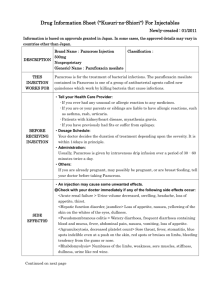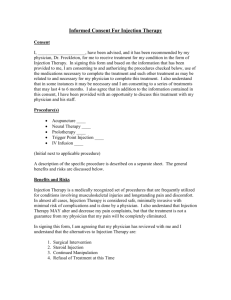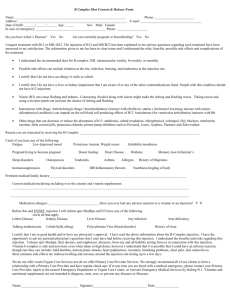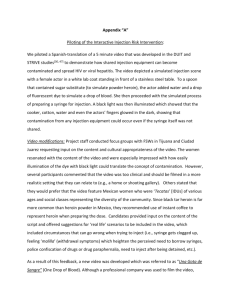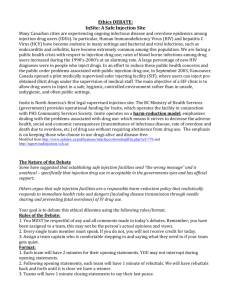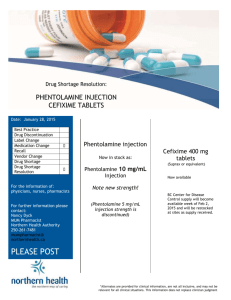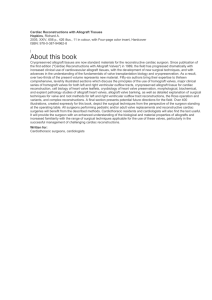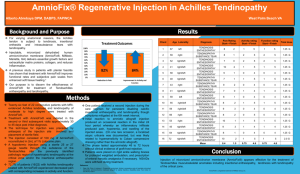Allograft Injection A Testimonial
advertisement
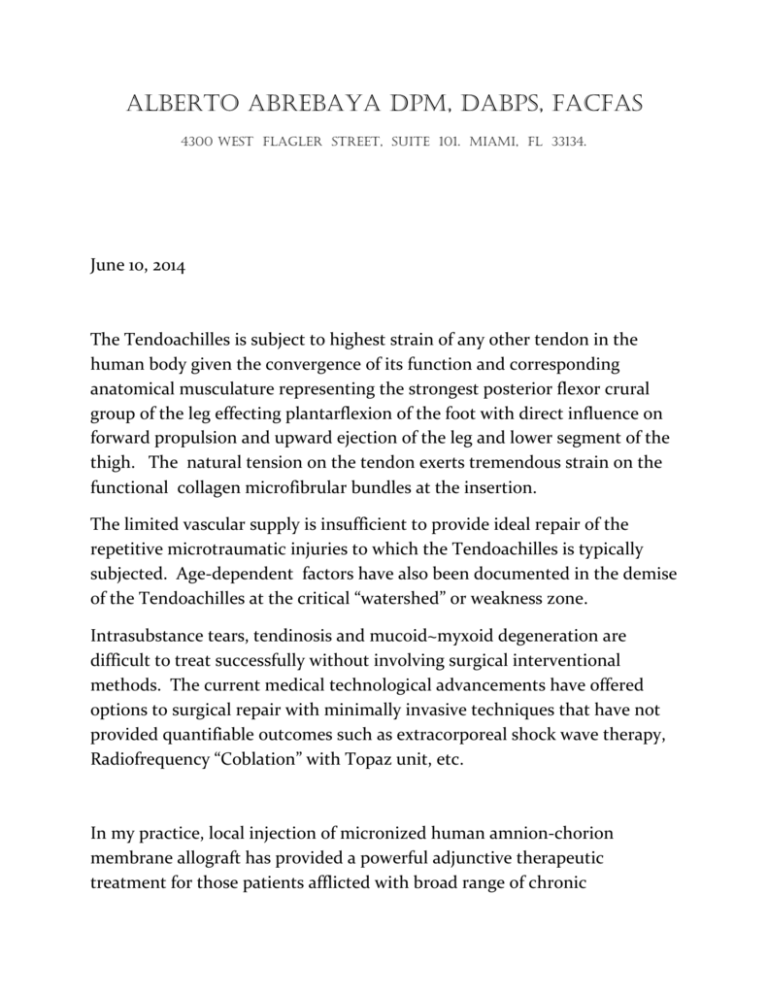
ALBERTO ABREBAYA DPM, DABPS, FACFAS 4300 WEST FLAGLER STREET, SUITE 101. MIAMI, FL 33134. June 10, 2014 The Tendoachilles is subject to highest strain of any other tendon in the human body given the convergence of its function and corresponding anatomical musculature representing the strongest posterior flexor crural group of the leg effecting plantarflexion of the foot with direct influence on forward propulsion and upward ejection of the leg and lower segment of the thigh. The natural tension on the tendon exerts tremendous strain on the functional collagen microfibrular bundles at the insertion. The limited vascular supply is insufficient to provide ideal repair of the repetitive microtraumatic injuries to which the Tendoachilles is typically subjected. Age-dependent factors have also been documented in the demise of the Tendoachilles at the critical “watershed” or weakness zone. Intrasubstance tears, tendinosis and mucoid~myxoid degeneration are difficult to treat successfully without involving surgical interventional methods. The current medical technological advancements have offered options to surgical repair with minimally invasive techniques that have not provided quantifiable outcomes such as extracorporeal shock wave therapy, Radiofrequency “Coblation” with Topaz unit, etc. In my practice, local injection of micronized human amnion-chorion membrane allograft has provided a powerful adjunctive therapeutic treatment for those patients afflicted with broad range of chronic Tendoachilles symptomatic pathology. The injection involves the reconstitution of Amniofix micronized product in sterile water or sterile normosaline and injected into the visualized areas of Tendoachilles pathology. Currently the success rate of the injection is 88% decrease in symptomatic parameters and improved function. To those patients for whom surgical intervention and the compulsory convalescence and rehabilitation regimens are not an option, the minimally invasive injection of micronized dHACM allograft has provided immense improvement and has become a viable non-surgical therapeutic treatment for Achilles tendinosis. Alberto Abrebaya DPM, DABPS, FACFAS
